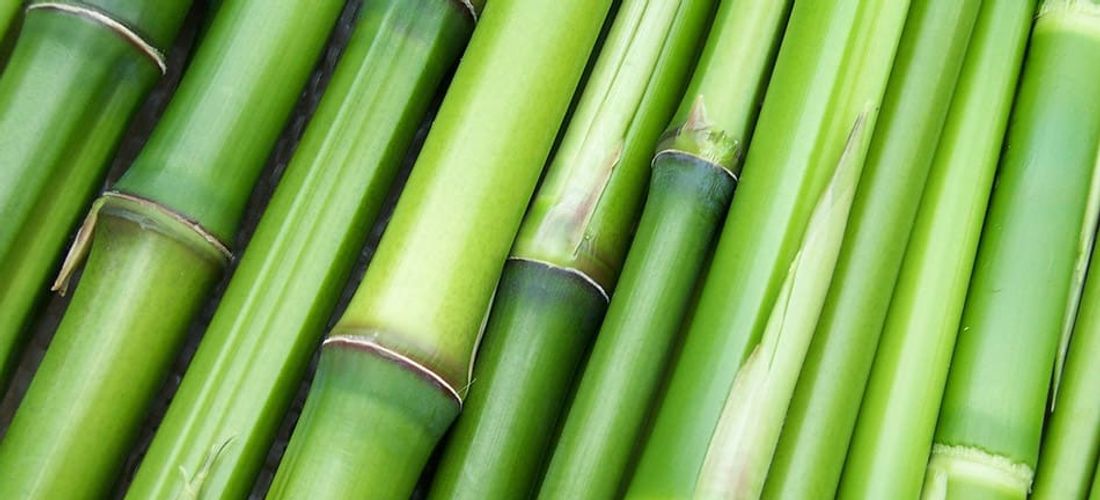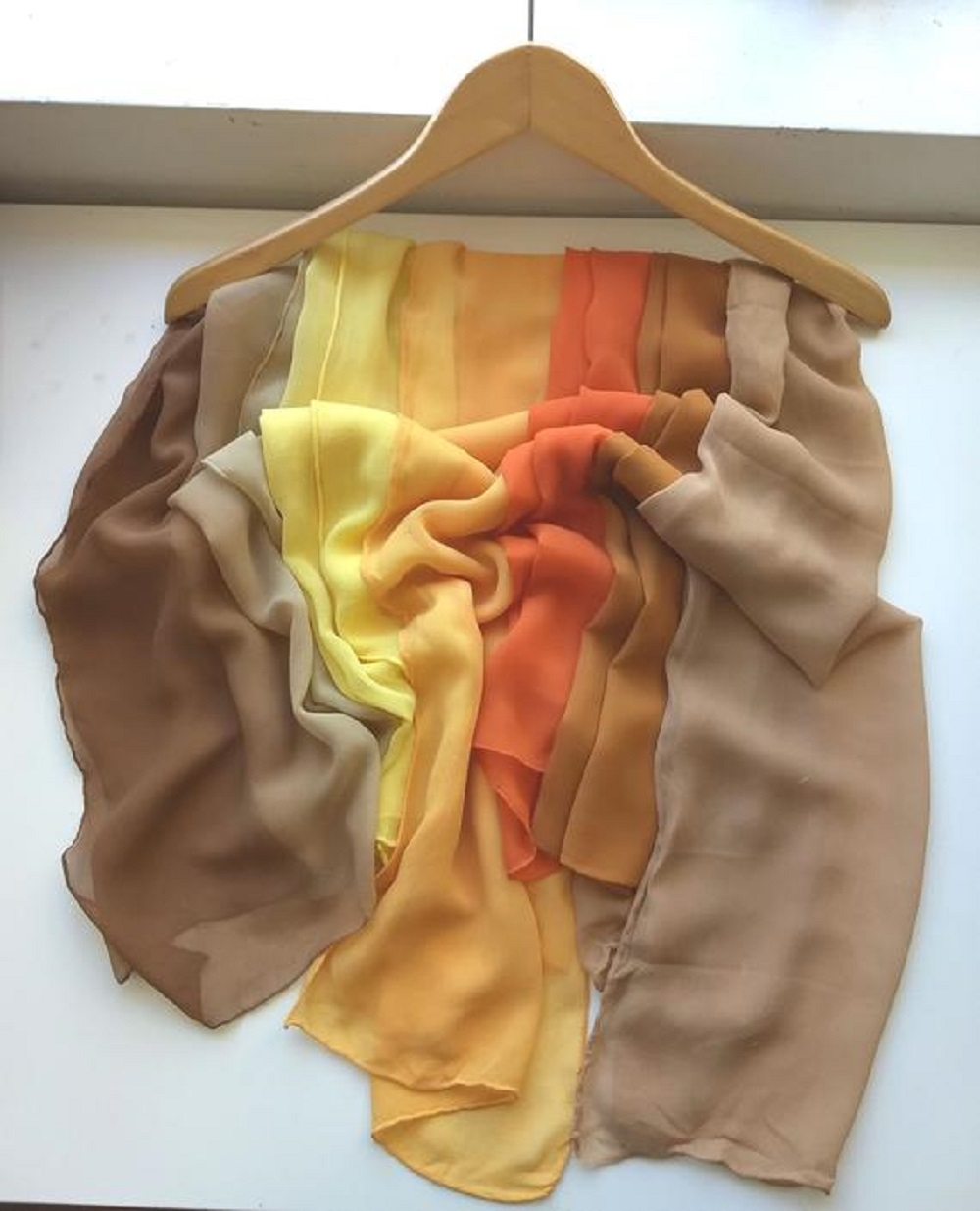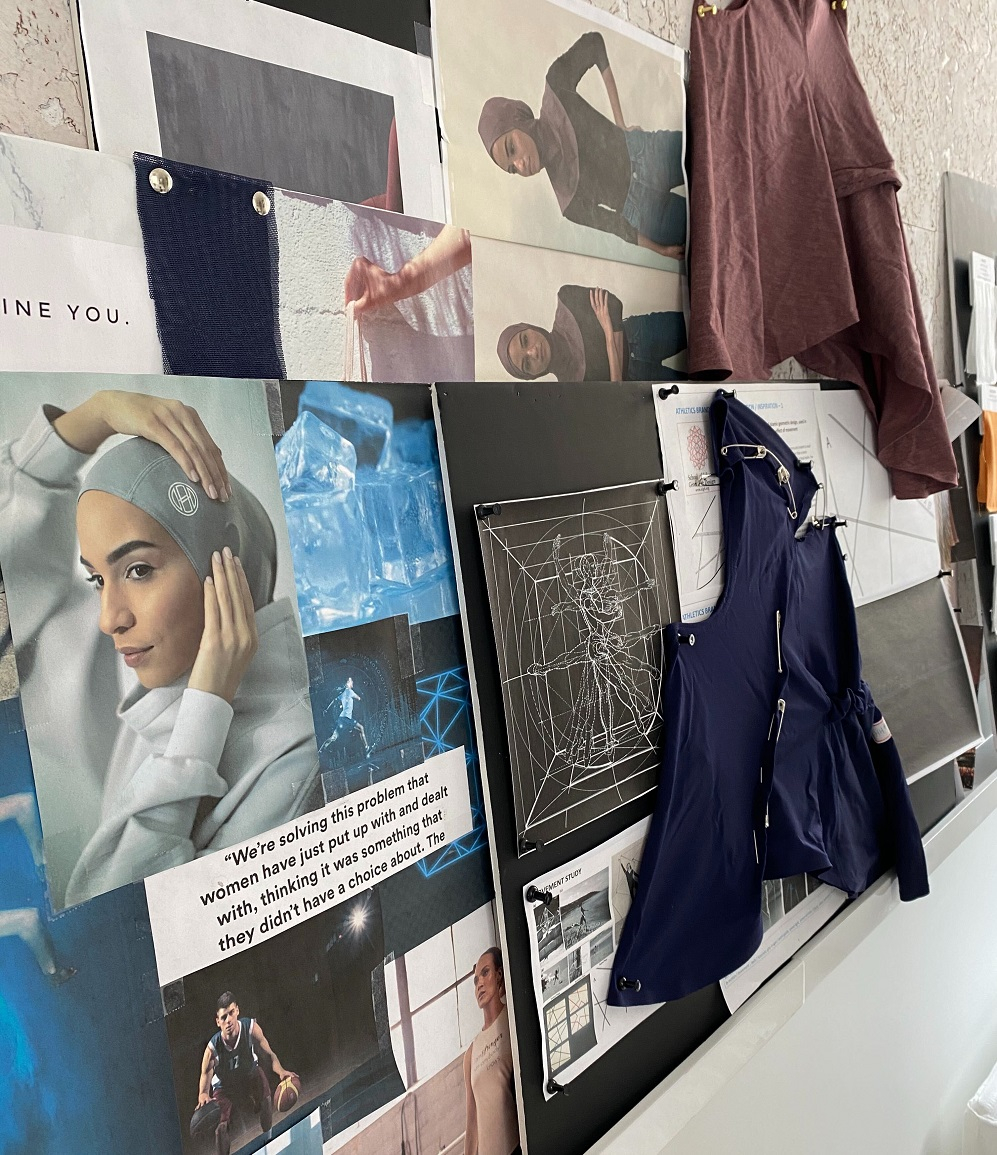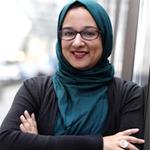How We Are Committing More to Sustainability and Eco-Friendly Fashion
Fashion
|
Nov 24, 2020
|
5 MIN READ

Bamboo is one of the more sustainable materials companies are turning to for clothing and hijabs.
“Change is coming, whether you like it or not.”
Teenage environmental activist Greta Thunburg uttered these words in a monumental speech to the United Nations in 2019, garnering mass praise from climate activists and researchers.
At Haute Hijab, we also feel the weight of Thunberg’s words and what we have been seeing all around us in the industry of fast fashion. It’s not something that has come to our attention now, but something we’ve been aware of for a long time and have built into our model of how we do business and serve our communities. In our continuing coverage this month of #MovementsthatMatter, we want to spend some time talking about sustainability as it pertains to fashion and why it’s so important for all of us to consider what we wear and where it comes from.
As you may know, the Haute Hijab story begins with vintage scarves – we sourced them from vintage stores and repurposed them into hijabs. In fact, our Tuesday Drop tradition is built upon these beginnings, as we dropped one-of-a-kind vintage scarves every Tuesday that sold out within minutes. As HH grew, we moved to sourcing prints from deadstock fabric – an industry term for excess or discarded fabric from other brands that would otherwise end up in landfills. By utilizing this fabric, we give it new life as hijabs, allowing us to bring you limited edition chiffon prints every Tuesday in a more responsible and sustainable manner.
Our seasonal Everyday Chiffon colors also are sourced from deadstock fabric, which allows us to bring you specially-curated colors throughout the year in smaller batches in a more earth-friendly way.
We knew creating more sustainability-sourced and eco-friendly products would not only be good for our communities, but for our world at large. But that was just the beginning of our journey to be more conscious of the world around us.
Why is Fast Fashion So Bad?
The following five nuggets of information (in the quotes) about how detrimental fast fashion is for the earth and for workers comes from Good On You, a source for fashion brand ratings and research on how fashion and the environment coexists in ways both hopeful and harmful.
1. “93 percent of brands surveyed by the Fashion Checker aren’t paying garment workers a living wage.” (Fashion Checker, 2020)
Fair wage and ethical practices in the workplace are of the utmost importance at Haute Hijab and are baked into management-worker relationships in our New York and Dubai offices and our Texas-based warehouse.
2. “Clothing production is the third biggest manufacturing industry after the automotive and technology industries. Textile production contributes more to climate change than international aviation and shipping combined.” (House of Common Environmental Audit Committee, 2019)
3. “More than $500 billion of value is lost every year due to clothing underutilization and the lack of recycling.” (Ellen MacArthur Foundation, 2017) Also, “The average American throws away around 81 pounds of clothing yearly.” (Saturday Evening Post, 2018)

How do you recycle your hijabs? We’ve talked about this on our social media platforms and on the blog and have also seen the organic resale and exchange of hijabs in our HH Facebook group. There are many ways you can reuse, repurpose and recycle hijabs that have seen plenty of love and wear. Here are just some great suggestions for you so that we can hopefully avoid hijabs going into landfills or burned off.
4. “Fast fashion brands like Fashion Nova, Boohoo, Revolve, Pretty Little Thing and Forever 21 all score less than 10% on the Fashion Transparency Index.” (Fashion Transparency Index, 2020)
We also believe in transparency with our communities and strive to do so through our social media content; our constant conversations with you on Instagram, email and Facebook; and through our blog posts, videos and website. Our team and our business practices are here for you, and we are always open to suggestions on how to improve and be more transparent. Check out this post for frequently asked questions about fashion and sustainability and how our hijabs factor into all of this.
5. “Fast fashion brands use open-loop production cycles that pollute water and land.” (The New York Times, 2019)
Closed-loop production cycles is something we’ve done extensive research on in bringing you some of our newer products, like our Bamboo Wovens and Haute Hijab Sport. A lot of progress has been made in the fabric manufacturing industry to patent processes that either use different, milder chemicals or “close the loop” processes so that chemicals used are recycled for more production rather than being dumped into the surrounding environment. These improvements have made the production of certain types of rayon, viscose and bamboo fabrics more safe and sustainable for the environment as well as for those doing this work and those who live nearby.
For example, Our Bamboo Woven hijabs are made with fibers that have been mechanically, rather than chemically processed. Mechanically processed bamboo is distinct because, unlike standard viscose production, it does not use any chemical solvents to extract the fiber. The result is softer on the environment, softer on manufacturing partners and their communities, and softer on you.

Our mood board for Haute Hijab Sport, where innovative tech-driven fabrics reigned supreme.
Innovative Materials and Processes
As we continue to grow, we are intent on investing in eco-friendly, innovative materials and processes to advance our rigorous quality standards and more environmentally-friendly products by expanding our partnerships with other like-minded vendors and improving upon our own manufacturing processes in our Dubai-based factory. Our Ultimate Underscarves, new Bamboo Woven Collection and Haute Hijab Sport line are the fruits of this ongoing labor. We are also close to solidifying a cool new partnership that will Insha’Allah shift an existing hijab line into a more eco-friendly direction. We can’t wait to tell you more about itin the coming weeks!
Haute Hijab’s commitment to ethical manufacturing, fair-wage practices and responsible hijab production continues to be part of our core mission.
That said, there is so much to learn and more room to improve. As we have expressed on our website, “We aim to be part of climate change solutions and support the United Nations 2030 climate change agenda to create sustainability solutions in bigger, better and more effective ways. As we continue to research and work to align ourselves with certification standards, we intend to launch initiatives to create and measure our impact with even more sustainable products and business practices.”
There’s no doubt that sustainability and eco-friendly practices as well as fair-wage and equitable working conditions are practices every fashion (or any) company should be prioritize. We have much to learn and improve upon as we continue to grow, and we are committed to doing so. Sustainability is a movement that matters, and we all must do our part as stewards of this earth.
Subscribe to be the first to know about new product releases, styling ideas and more.
What products are you interested in?

